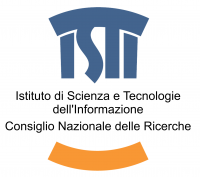Giacomo Landeschi, Eleftheria Paliou
Formal visibility methods have now a longstanding tradition in archaeological research, both at landscape and site scale. Such research approaches have been used so far to reproduce, simulate and analyze the visual experience of ancient spaces, providing an interpretative framework which allows archaeologists to detect symbolic meanings embodied in the material evidence of the past. Especially in recent years, advances in 3D visualization and GIS technology have permitted new strategies for investigating human perception and the spatial configuration of human visual space. These include methodologies of fully 3D GIS visual analysis, integrative approaches that combine the use of GIS and 3D modelling software, and 3D digital simulations of ancient environments. In parallel with the development of new 3D formal analytical methods, 2D techniques used mainly in modern architectural and urban studies, such as Space Syntax methods, have become increasingly more popular among archaeologists. The proposed session aims at exploring these new developments by inviting papers on the application of 2D and 3D visibility analysis in architectural spaces and cultural landscapes. We especially encourage works concerned with the application of fully 3D GIS analysis that go beyond traditional viewshed applications, Space Syntax methods, and formal analyses of visibility in 3D and virtual environments. Emphasis should be given in the particular merits of 2D and 3D methods for specific case studies, the theoretical and methodological problems associated with the archaeological application of these techniques, as well as the challenges and potential future research directions in the field of formal visual analysis.


